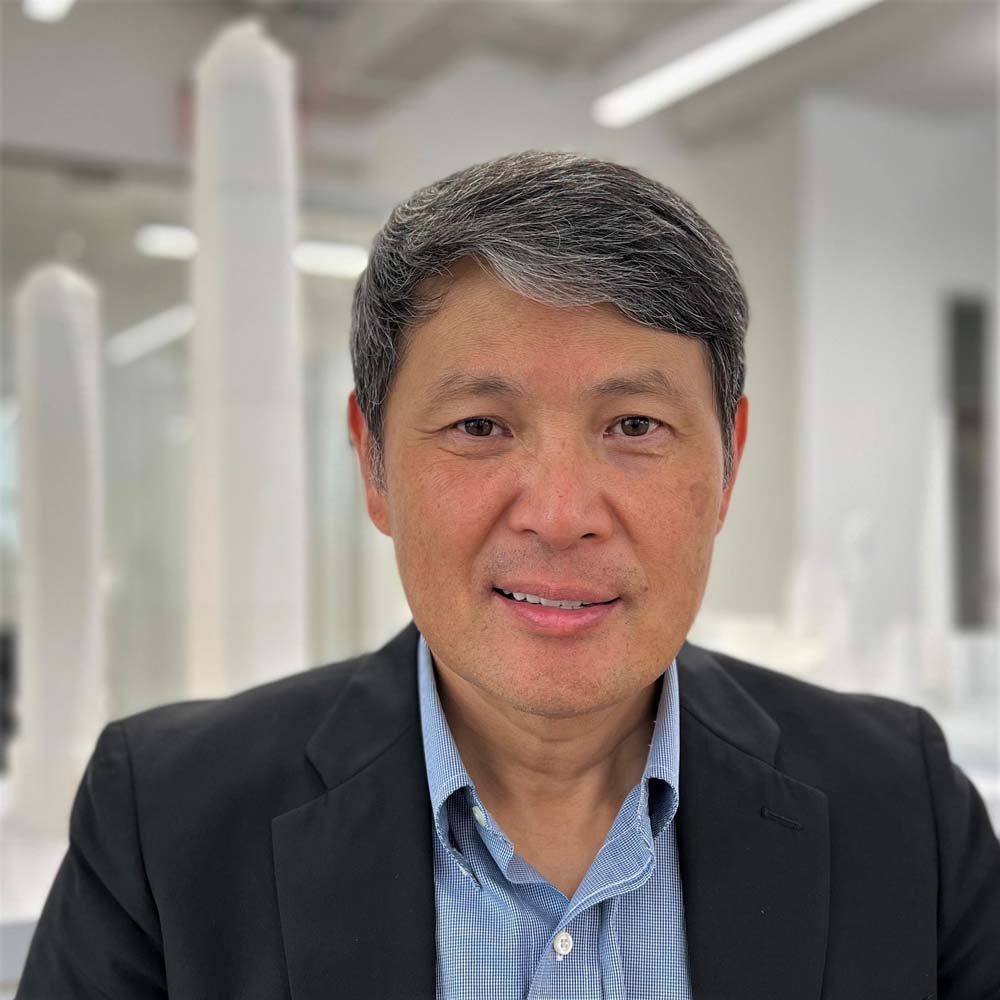Session 3: Designing a Landmark at the Human Scale

Kai Sheng
Founder & CEO
Archilier Architecture, New York City
Comprised almost entirely of reclaimed land, Qianhai District of Shenzhen is rapidly becoming a progressive model for future cities for China. It is thus critical to re-examine the relationship between modern office towers and emerging cities from urban, sustainability and social perspectives. Through a case study on designing the Fengtou Tower in Qianhai from being the winner of a design competition to gaining approval from local government, Qianhai’s new high-density sustainable urban model is examined extensively.
It is important to understand its complex local regulations while providing creative design solutions that align with the spirit of this aspiring new district. Adopting a multi-layered connection strategy, the site was integrated with future neighbors through elevated pedestrian walkways and sunken gardens connecting to retail and mass transit. The tower is sculpted dynamically in respond to the urban grid context and the city view, resulting in an inverted pyramid, maximizing the leasable area with premium views at top, while making room for generously landscaped public plaza below, thus enhancing human connectedness. In order to create a healthy and sustainable modern communal work environment, the design implemented a continuous vertical garden that travels to the pinnacle, culminating in a giant six-story skyspace, a glowing beacon for the Qianhai district’s skyline.
When every single tower is competing to stand out with the most unique and dynamic form, the notion of authenticity becomes the defining question for a landmark tower. Rather than a mere product of a “form-making” exercise, the design of Fengtou Tower is a result of authentic dialogue with both the physical neighborhood and the aspiration of the new Qianhai district.
